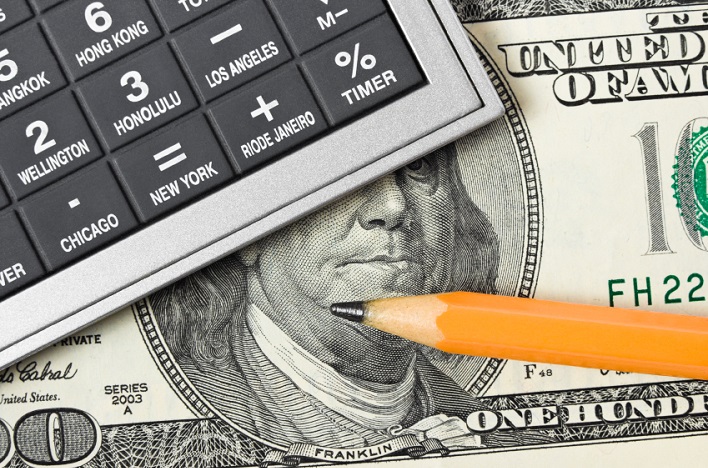Deductions for tangible property can be used in a single year.
There are new opportunities for small business owners who want to take advantage of the powerhouse deduction Section 179, which is permanent thanks to Congressional action last year.
If you haven’t heard about Section 179, it’s a boost for small business owners that allows for taking a deduction for tangible property in one year. Otherwise, you’d have to take it over the term of the asset’s useful life, which can be up to 39 years.
How Does This Work?
Here is an example of how Section 179 can help a small business. In 2015, Susan bought a used $4,000 press for her printing business. Without Section 179, she would have to deduct a portion of the purchase price over its five-year useful life.
Under the old rules, the depreciation deduction schedule for the new press looks like this:
Year Depreciation Deduction
2015 $800
2016 $1,280
2017 $768
2018 $461
2019 $461
2020 $230
Under Section 179, Susan could deduct the entire purchase price of $4,000 in one year, rather than having to depreciate the equipment over several years.
What Property Qualifies?
All sorts of property are eligible for Section 179. Personal property like computers, business equipment, machinery, office furniture and computer software qualify. The catch is whatever personal property you purchase has to be used for business over 50 percent of the time in the year you purchased the property.
Qualified real property is eligible for expensing. This includes qualified leasehold improvements, restaurant property and retail improvement property. Of course, “qualified” is a special term so check with your tax adviser to determine if your type of real property meets the definition for expensing.
Unlike prior law, for property placed in service after Dec. 31, 2015, certain air conditioning and heating units are also eligible for Section 179 expensing.
Generally, you can’t use Section 179 to deduct the cost of land, permanent structures attached to land (buildings, swimming pools or paved parking areas), inventory, intangible property like trademarks, patents and copyrights, and property outside the United States.
Do Vehicles Qualify?
Vehicles over 6,000 pounds qualify within certain limitations.
What Are the Section 179 Limits?
Taxpayers can immediately deduct up to $500,000 of the cost of qualifying assets so long as total purchases of such assets do not exceed $2 million. Once your purchases exceed the $2 million ceiling, the $500,000 allowance starts to phase out.
Without the Section 179 extension, these thresholds would have dropped to a $25,000 allowance and a $200,000 ceiling on purchases. Now the higher limits will be indexed for inflation beginning in 2016.
As always, check with your tax professional to see if your business qualifies for Section 179 deductions.


